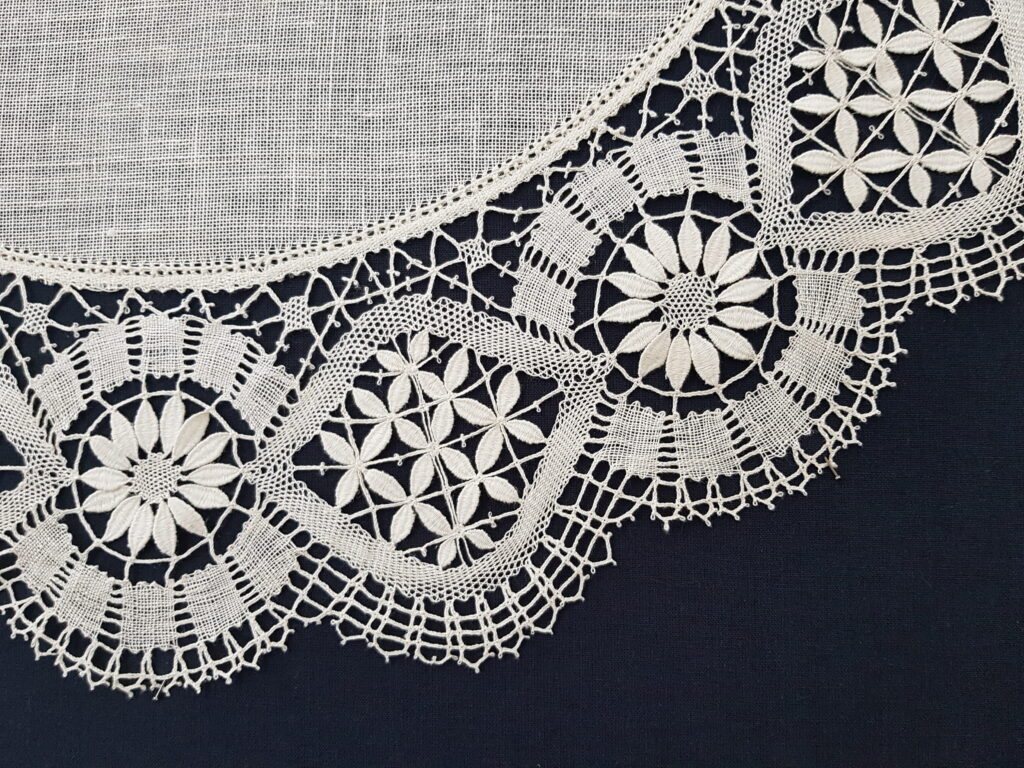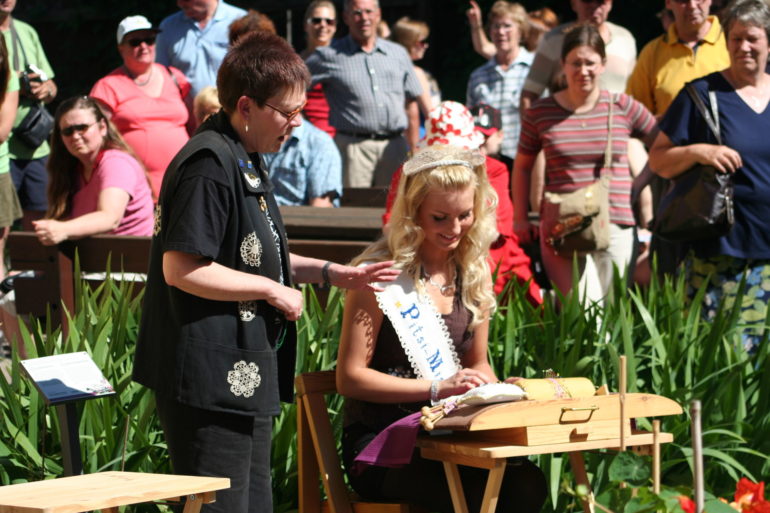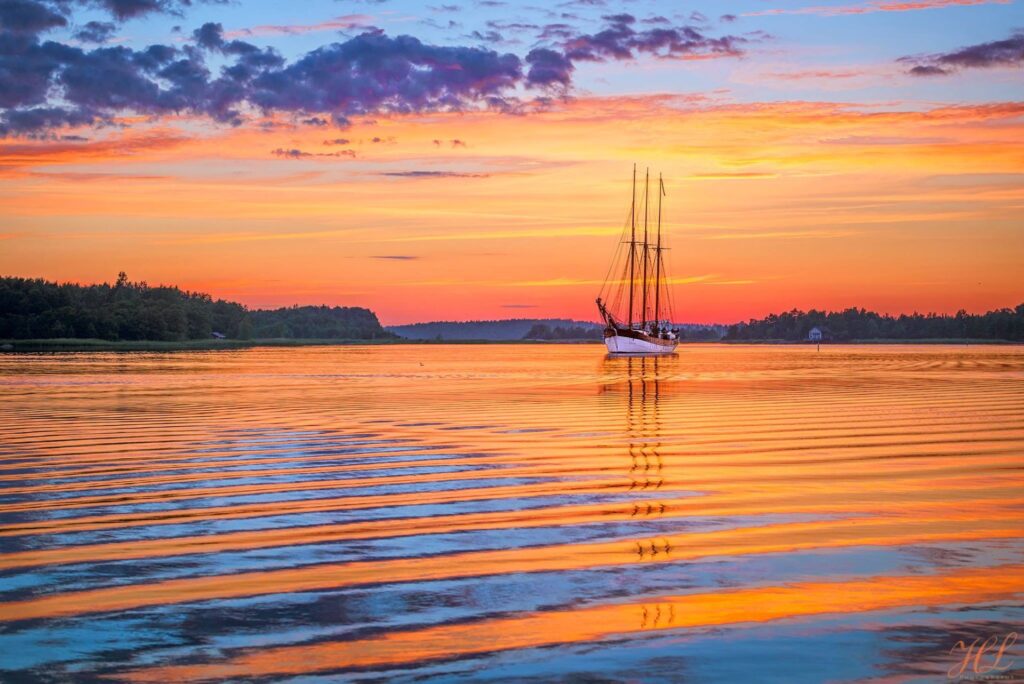Nature and cultural heritage
The sea, the archipelago and shipping have played a significant role in Rauma for centuries. The local culture of Rauma is authentic and rooted. It includes the Rauma giäl, i.e. the local dialect, poppin lace, handicrafts and art in their various forms.
Lace and lace-making

For centuries, the people of Rauma have made beautiful lace patterns from linen yarn. According to legends, lace was made in Rauma as early as the 16th century.
Lace-making has played a significant role in Rauma’s rise to become a strong industrial city. Rauma lace-making lived its heyday in the late 18th century to the 1840s, when Rauma lace adorned the edges of fashionable stiff caps.
The lace-making tradition is still alive and well in Rauma and has been included in the National Inventory of Living Heritage as a local craft in 2023 by the Ministry of Education and Culture. It has been passed down from generation to generation, and every year the summer in Rauma culminates in the city festival Laceweek, when the whole city pulses with joyful life. Laceweek has been awarded the Ekokompass environmental certificate, which monitors the environmental impact of the event and guides it towards sustainable solutions.
Tapahtumat
City festival Lace Week
Read about Rauma’s summer highlight and check out the varied programme of the Lace Week.

Rauma giäl
There is no exact information of the formation of the Rauma dialect, but thanks to the sailors who brought influences to the port city, it has a lot of vocabulary from other languages. The dialect is characterized by shortening words and prattling. The most famous of Rauma’s local sayings is probably the “Ol niingon gotonas!” wish..
Rauma giäl lives in Rauma in big and small details. It can be seen on signs in the city and can also be heard, for example, at the Pystökaffe at the market place in the mornings, when the market parliament meets to reflect on the burning issues of the day.
Tommost pitsi” sanos Raumaflikk, ko hämähäki verko näk”
Mnu Raum
Rauma Archipelago

The sea, the archipelago and shipping have played a significant role in Rauma for centuries. The archipelago off Rauma is a central area of the Bothnian Sea National Park, known for its valuable underwater environment and diversity of birds. In addition to the national park, there are other nature conservation areas in the Rauma archipelago.
Tourism to the archipelago pays attention to the environment, landscapes and biodiversity of the area. Tourism in the national park is based on the principles of sustainable tourism. Our activities do not exceed the carrying capacity of nature, but ensure the preservation of good living conditions and a clean environment. The development of tourism and recreation in the archipelago is guided by the Rauma Archipelago Master Plan 2030.